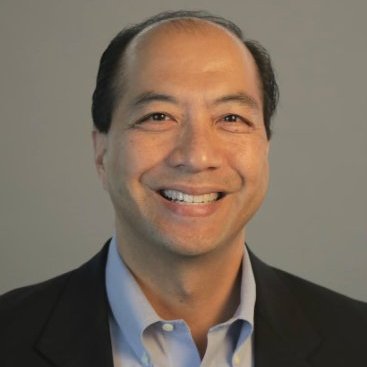Jan 20
2020
The Doctor Won’t See You Now: The Unintended and Perhaps Inevitable Consequences of Medicare-for-All
By Ken Perez, vice president of healthcare policy, Omnicell, Inc.

“If you like your healthcare plan, you can keep it,” President Barack Obama famously said—many times—of his landmark Patient Protection and Affordable Care Act.
But the promise was impossible to keep.
In the fall of 2013, when cancellation letters—notices of cancelled plans—went out to approximately four million Americans, the public realized Obama’s assurances were wrong. As a result, PolitiFact named “If you like your healthcare plan, you can keep it” the “Lie of the Year” for 2013. Readers in a separate online poll overwhelmingly agreed with the choice.
The ambitious Medicare-for-All plan of Sen. Elizabeth Warren (D-MA), by explicitly abolishing private health insurance, obviously doesn’t promise that you’ll be able to keep your health plan, but many tenuous assumptions about it are being made, without much scrutiny. To be fair, some of these assumptions are of the wishful thinking variety, residing just in the minds of the public.
To date, the vast majority of the media coverage and, therefore, the public’s general understanding of the Warren plan have focused on its economics—the societal cost, i.e., what the nation as a whole will spend on healthcare over 10 years, from 2020 thru 2029, and the plan’s federal cost, i.e., the increase to the federal government’s spending over the same period of time and how that will be funded.
Warren promises that with her plan “Americans [will] have access to all of the coverage they need … including vision, dental, coverage for mental health and addiction services, physical therapy, and long-term care …”
But will they really have access? Canada, with a single-payer healthcare system, scored last of 11 high-income nations in terms of wait times for elective surgery and specialty consultations according to studies by the Commonwealth Fund. In Canada, according to Michael McKee—a Canadian surgeon who worked for more than 30 years under that country’s single-payer system—hospital resources, operating room time, implant budgets and other revenues are tightly and strictly rationed.
And what will happen to the quality of care when Americans manage to see a physician under Medicare-for-All? Based on a study of 67 countries published in the British Medical Journal in July 2017, the United States ranked second in average physician consultation time, at slightly above 21 minutes. Only in Sweden do physicians spend more time meeting with patients.
By comparison, eight highly industrialized countries with single-payer healthcare systems—Australia, Canada, Denmark, Japan, Norway, Sweden, Taiwan and the United Kingdom—have an average physician consultation time, weighted by population, of 11.1 minutes. Moreover, the two most populous countries, Japan and the United Kingdom, have even shorter physician consultation times, at 10.2 and 9.2 minutes, respectively.
When I asked an audience of a couple hundred Americans last year what they would do if they had half as much time with their physician as they’re used to, a majority said they would consult their physician more often and/or seek second opinions. Of course, those actions would drive up demand and likely lead to the aforementioned rationing of care that exists in the Canadian system.
Interestingly, Taiwan, with a single-payer healthcare system, was lauded for its slowing of medical cost growth by the “expert letter” to Warren written by Don Berwick, former Administrator for the Centers for Medicare and Medicaid Services, and Simon Johnson, former Chief Economist for the International Monetary Fund.
But is the Taiwanese experience really laudable? While its healthcare system has been described as having “good accessibility,” Taiwan’s average physician consultation time is three minutes, the shortest by far of the previously mentioned group of eight countries. This gives patients little time to express themselves—in some observed visits, the patient said fewer than 10 words. In addition, preventive care and patient education are de-emphasized or completely lacking, and the result is great variation in doctor-patient relationships. Perhaps dissatisfied with the shortness of their visits, patients in Taiwan on average visit a primary care physician 14 times a year.
Is that the kind of healthcare system Americans want?